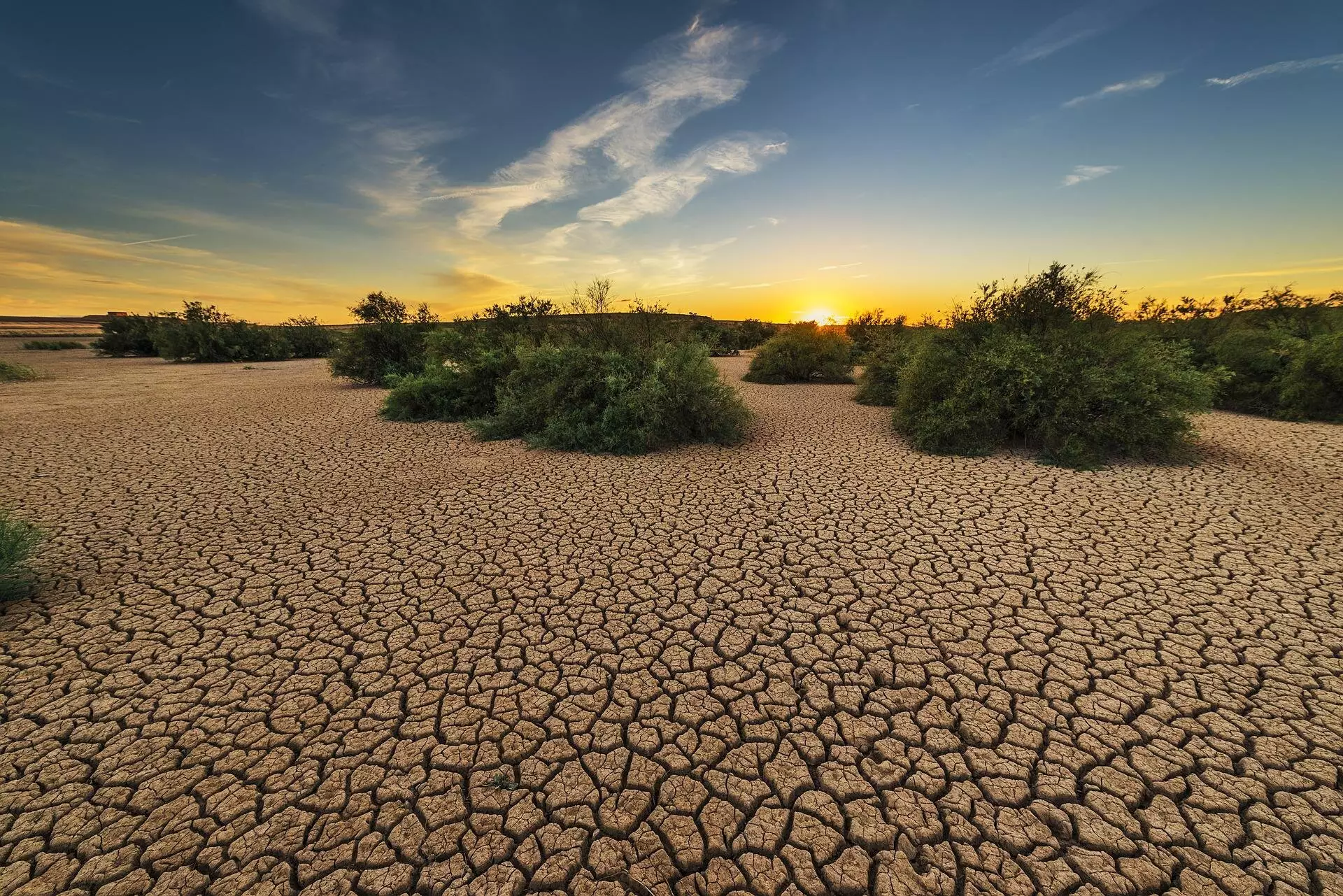Droughts have long been classified as prolonged periods of deficient rainfall, typically spanning months or years. However, emerging research highlights a more acute and alarming manifestation of drought: flash droughts. Unlike their traditional counterparts, flash droughts can develop in a matter of days or weeks, creating rapid and devastating effects on both the environment and economy. Dr. Ashok Mishra from Texas A&M University, along with a cadre of international researchers, has spearheaded a groundbreaking study elucidating the determinants of flash drought conditions. Their groundbreaking findings, prominently published in the journal *Communications Earth & Environment*, provide crucial insights applicable beyond South Asia, extending warnings to various regions—including Texas—prone to these sudden and severe droughts.
The Stakes are High: Economic and Ecological Implications
Texas stands as a prime illustration of a region vulnerable to the repercussions of flash droughts. With its economy deeply intertwined with agriculture and energy—sectors that are uniquely susceptible to fluctuating water availability—understanding flash drought dynamics is not merely academic; it’s a matter of survival for countless livelihoods. Mishra underscores that “while traditional and flash droughts impact society, they differ in onset speed, intensity, duration, and overall effects.” This distinction is critical in the contemporary context where climate change accelerates variability and unpredictability in weather patterns.
The ramifications of flash droughts extend beyond immediate water scarcity. They trigger a cascade of challenges, compromising soil moisture and impacting agricultural productivity, water supply, and vital ecosystem functions. As the climate crisis intensifies, the risk of flash droughts looms ever larger, demanding urgent attention from policymakers and stakeholders alike.
A Call to Arms: Mitigation and Preparedness
To grapple with this escalating threat, a paradigm shift is essential. Policymakers must recognize the unique risks posed by flash droughts and devise proactive strategies to mitigate them. This includes investing in robust predictive tools and establishing infrastructure capable of managing rapid drought developments. Moreover, collaboration is vital—from agricultural experts to environmental scientists, the solution demands an interdisciplinary approach.
Mishra emphasizes that “flash droughts will expand and worsen in the future,” particularly in countries across South Asia. The necessity for effective communication and resource allocation has never been more critical. Fostering cooperation between organizations such as Texas A&M University and the U.S. Department of Agriculture with international partners like Korea, China, India, and Pakistan can yield innovative solutions tailored to local contexts.
The Need for Urgent Action
As flash droughts continue to gain prevalence, it is imperative to recognize that the fight against them is not just an environmental concern; it is an economic and social imperative. The status quo is insufficient—the stakes require more than reactionary measures when facing potential food shortages and energy crises. Realigning existing resources, enhancing climate resilience, and mobilizing community action are urgent steps that must be embraced. Forward-thinking strategies and global cooperation will be the keys to navigating the treacherous landscape of flash droughts, securing a sustainable future in the face of increasing climate unpredictability.


Leave a Reply